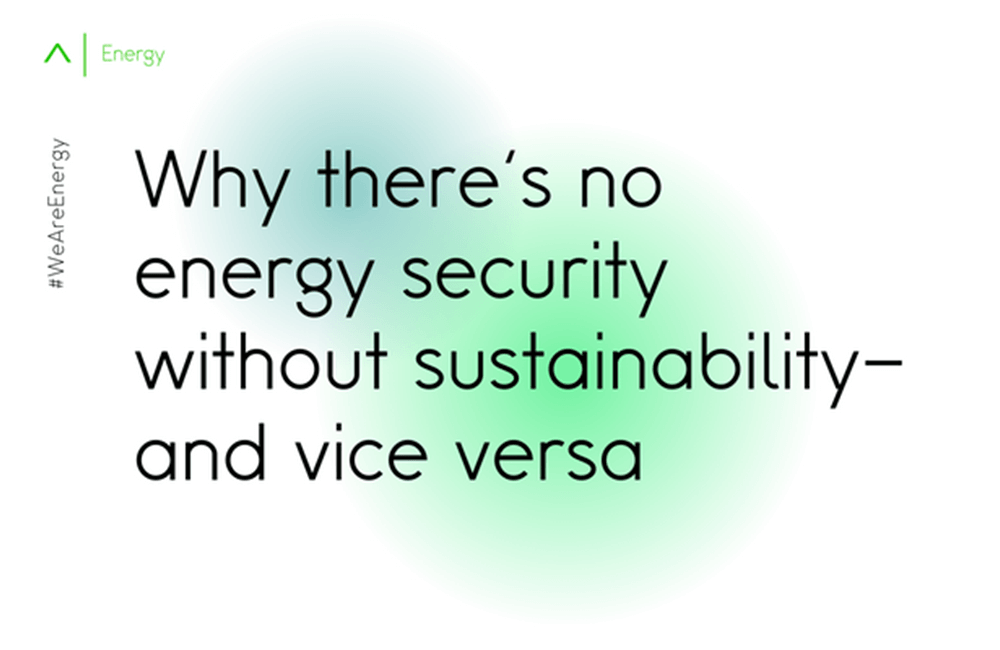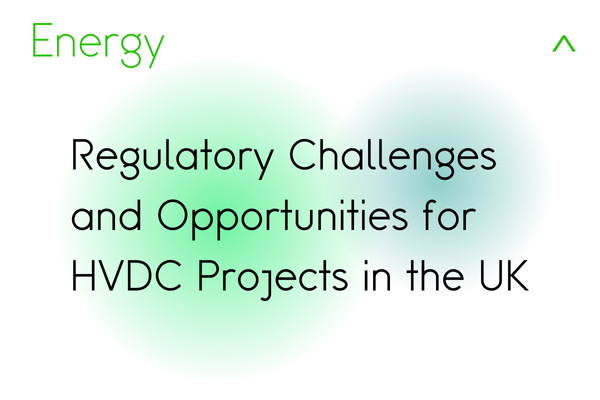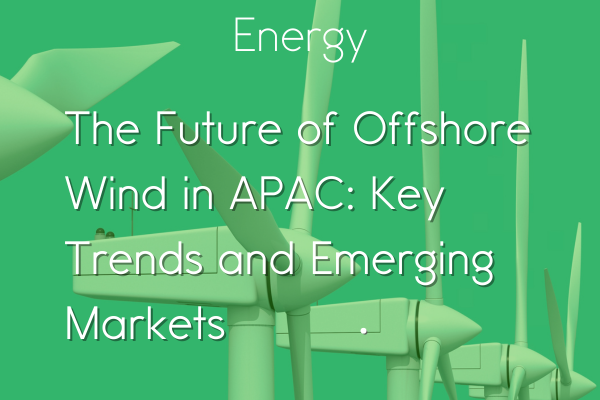Why there’s no energy security without sustainability–and vice versa
31 Jan, 202310 minsEnergy leaders today face two urgent priorities: the green transition and security. Rather t...

Energy leaders today face two urgent priorities: the green transition and security. Rather than competing, these priorities must be seen as interdependent–neither can be achieved without the other.
Some governments are putting the brakes on green policies to manage short-term security needs and keep supply chains stable as war in Ukraine disrupts supplies of natural gas. Moves like finding alternative gas sources, building new infrastructure for liquefied natural gas, and adding more coal to the energy mix all increase commitment to fossil fuels.
However, policy packages such as the US Inflation Reduction Act and RePower EU are supporting green solutions to the energy crisis.
The digital era brings new challenges to energy security, which require new approaches. The World Economic Forum has suggested a six-dimensional framework to address these challenges and bring about a secure energy transition.
1. Demand
Harnessing the growing demand for green energy can improve energy security while rewarding consumers. Promoting new incentives, operating practices and behavioural changes could save the world around ~110 EJ of energy by 2030, equivalent to over 18% of world energy consumption in 2021.
As well as cutting emissions, improving energy efficiency also creates immediate cost savings that companies can feed back into the clean energy system.
2. Regulation and incentives
The energy transition could require investments of over $4 trillion by 2030, so governments and organisations must be smart about where to invest. The three factors to consider are:
- Short-term vs. long-term development
- Affordability and accessibility vs. sustainability
- Durability vs. agility
The direction of private-sector investment will play a key role in determining public-sector investment over the coming decade. Significant commitments from both sides will be needed to balance sustainability and security.
3. Trust and collaboration
With over 100 countries proposing net-zero targets, collaboration across borders is the logical next step–which requires trust. Sustainability and energy security are global problems that call for global solutions, sharing systems, supply chains, and knowledge.
4. Supply
Even now, 80% of the world’s energy consumption comes from fossil fuels. While the spotlight has been on supply security during the war in Ukraine, diversifying energy supplies to include more sustainable sources is even more important: according to the IEA, every $1 spent on new fossil fuel production should be balanced with $5 spent on renewables.
5. Stability and resilience
Wind and solar power depend on unpredictable resources, which can impact the reliability of the power grid. Grids will need to be modernised to improve resilience, creating reactive, flexible smart grids supported by new ways of collaborating across the tech sector.
6. System security
Digitised or smart energy assets come with a downside: hackers love them. 16% of all detected cyberattacks take place in the energy sector–it’s the third most cyberattacked industry. Improved system design, emergency response and incident reporting are needed. Again, this will call for collaboration between leaders to protect both energy and data.


